Frank Herbert Attix0471011460, 9780471011460, 9783527617142
Table of contents :
INTRODUCTION TO RADIOLOGICAL PHYSICS AND RADIATION DOSIMETRY……Page 2
Contents……Page 14
I. Introduction……Page 26
II. Types and Sources of Ionizing Radiations……Page 27
A. Consequences of the Random Nature of Radiation……Page 30
B. Simple Description of Radiation Fields by Nonstochastic Quantities……Page 33
C. Differential Distributions vs. Energy and Angle of Incidence……Page 35
E. Planar Fluence……Page 40
I. Introduction……Page 45
A. Definition……Page 46
B. Relation of Kerma to Energy Fluence for Photons……Page 47
C. Relation of Kerma to Fluence for Neutrons……Page 48
D. Components of Kerma……Page 49
A. Definition……Page 51
IV. Comparative Examples of Energy Imparted, Energy Transferred and Net Energy Transferred……Page 52
A. Definition……Page 54
B. Definition of W……Page 55
C. Relation of Exposure to Energy Fluence……Page 56
E. Significance of Exposure……Page 57
B. Dose Equivalent, H……Page 59
C. Specification of Ambient Radiation Levels……Page 61
II. Simple Exponential Attenuation……Page 63
III. Exponential Attenuation for Plural Modes of Absorption……Page 65
IV. “Narrow-Beam” Attenuation of Uncharged Radiation……Page 67
V. Broad-Beam Attenuation of Uncharged Radiation……Page 69
VI. Some Broad-Beam Geometries……Page 71
VII. Spectral Effects……Page 75
VIII. The Buildup Factor……Page 78
IX. The Reciprocity Theorem……Page 80
II. Radiation Equilibrium……Page 86
A. CPE for Distributed Radioactive Sources……Page 90
B. CPE for Indirectly Ionizing Radiation from External Sources……Page 92
IV. CPE in the Measurement of Exposure……Page 95
V. Relating Absorbed Dose to Exposure for x- and γ-Rays……Page 96
B. Proximity to a Boundary of lnhomogeneity in the Medium……Page 97
C. High-Energy Radiation……Page 99
VII. Transient Charged-Particle Equilibrium (TCPE)……Page 100
I. Introduction……Page 105
A. Alpha Disintegration……Page 111
B. Beta Disintegration……Page 113
C. Electron-Capture (EC) Transitions……Page 118
D. Internal Conversion vs. γ-Ray Emission……Page 121
E. Tables for Dose Estimation in Appendix C……Page 124
I. Total Decay Constants……Page 126
III. Units of Activity……Page 127
IV. Mean Life and Half-Life……Page 128
V. Radioactive Parent-Daughter Relationships……Page 130
VI. Equilibria in Parent-Daughter Activities……Page 132
B. Daughter Shorter-Lived than Parent, λ2 > λ1……Page 133
C. Only Daughter Much Shorter-Lived than Parent, λ2 >>λ1……Page 137
VII. Removal of Daughter Products……Page 139
VIII. Radioactivation by Nuclear Interactions……Page 140
IX. Exposure-Rate Constant……Page 142
I. Introduction……Page 149
II. Compton Effect……Page 150
A. Kinematics……Page 151
B. Interaction Cross Section for the Compton Effect……Page 154
C. Energy-Transfer Cross Section for the Compton Effect……Page 159
A. Kinematics……Page 163
B. Interaction Cross Section for the Photoelectric Effect……Page 164
C. Energy-Transfer Cross Section for the Photoelectric Effect……Page 167
IV. Pair Production……Page 171
A. Pair Production in the Nuclear Coulomb- Force Field……Page 173
B. Pair Production in the Electron Field……Page 175
C. Pair Production Energy-Transfer Coefficient……Page 177
V. Rayleigh (Coherent) Scattering……Page 178
A. Mass Attenuation Coefficient……Page 179
C. Mass Energy-Absorption Coefficient……Page 180
D. Coefficients for Compounds and Mixtures……Page 181
E. Tables of Photon Interaction Coefficients……Page 182
I. Introduction……Page 185
A. “Soft” Collisions (b >> a)……Page 186
B. Hard (or “Knock-On”) Collisions (b ~ a)……Page 187
C. Coulomb-Force Interactions with the External Nuclear Field (b
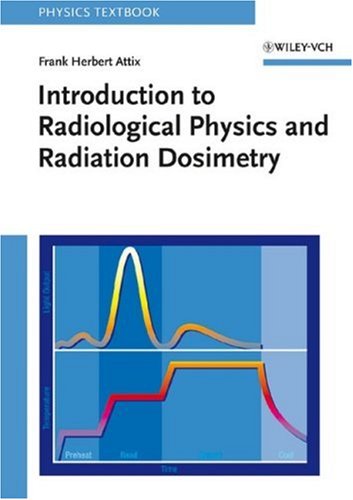
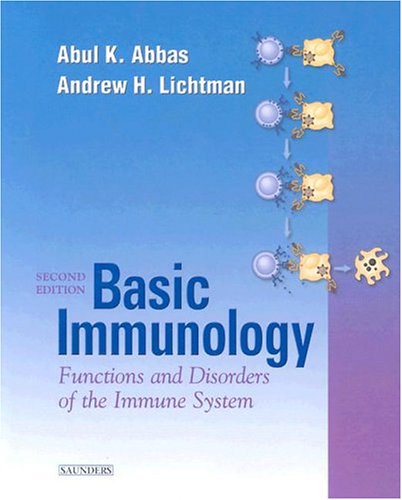
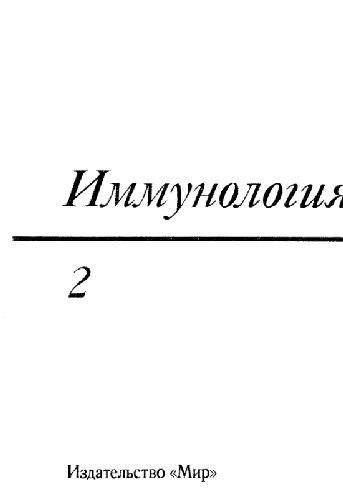
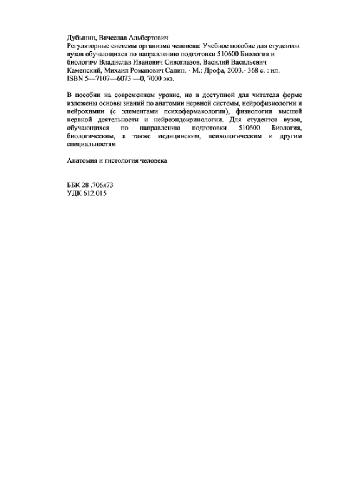
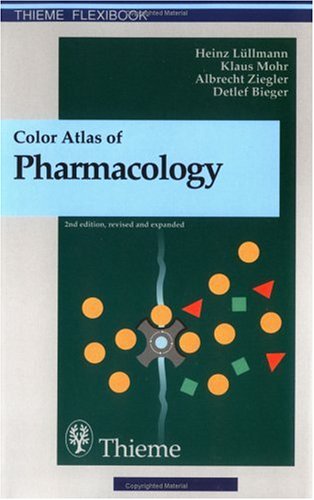
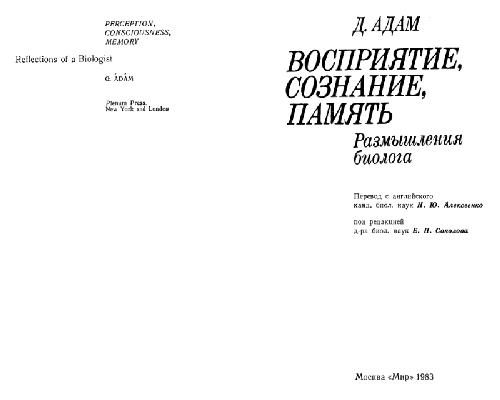
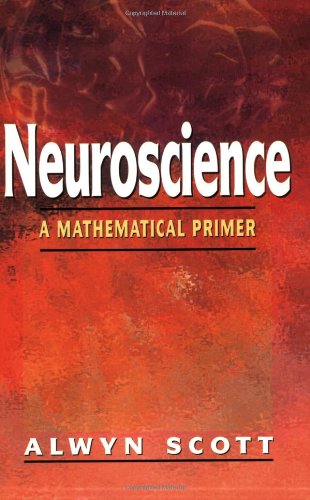
Reviews
There are no reviews yet.